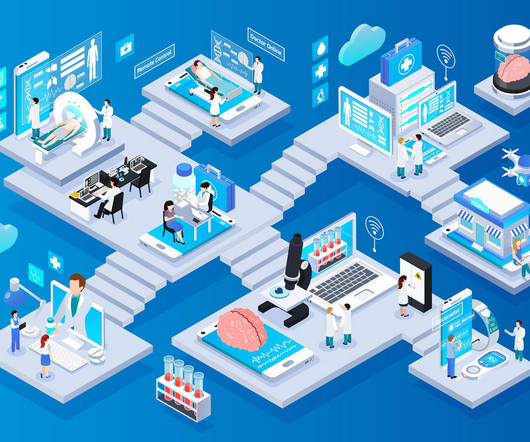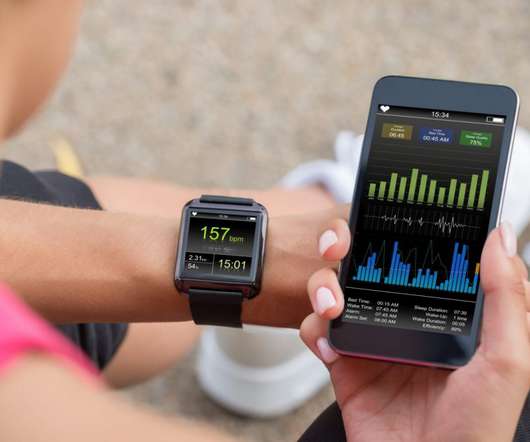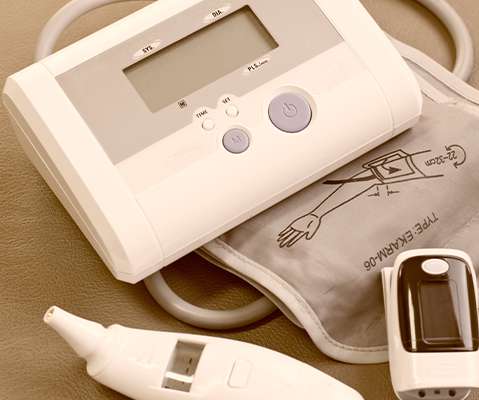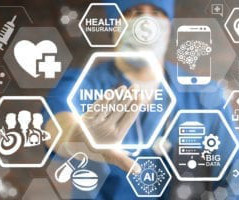Digital Health v HealthTech: What is the difference?
Lloyd Price
JULY 15, 2024
Software: This includes software that is used to manage patient records, provide remote care, or deliver educational content. Wearable devices: These are devices that are worn on the body and can track health data such as heart rate, sleep, and activity levels. This includes telehealth, mobile health apps, and wearable devices.













Let's personalize your content